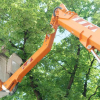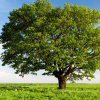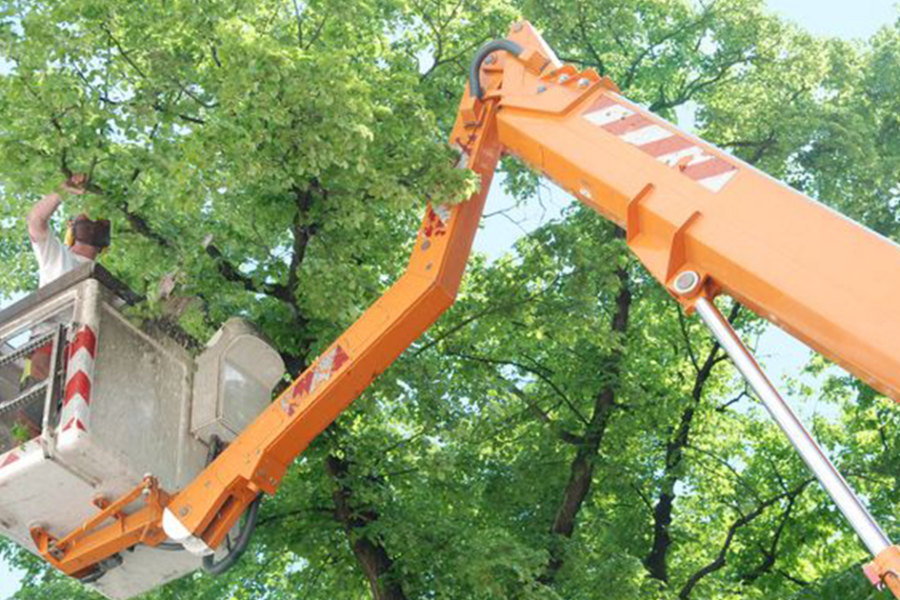
Do you want to know why some of the trees in your neighborhood look so vibrant and beautiful? Have you ever found yourself wishing that the trees in your property can achieve that magnificent look?
Trees are among the most magnificent living objects found in nature. They can make any landscape look serene and brimming with life. But as beautiful and majestic as they are, they require a bit of care to maintain their appearance. And one of the maintenance processes that a tree requires is pruning.
What is pruning?
Pruning is a tree care and maintenance procedure that involves cutting and removing specific parts of a tree, such as dead or diseased branches, buds, and even roots. When done correctly, pruning has many different benefits, which will be discussed later on. What you need to know, however, is that pruning doesn’t just benefit the tree but the people around it as well.
Why You Should Prune Your Trees?
There are plenty of reasons to prune a tree. Most tree professionals and Arborists often get asked, “Why is tree pruning important in the tree care and maintenance business?” These main reasons should address that particular question quite effectively.
Pruning For Health Reasons
Caring for the health of a tree is important, obviously.
- Through the pruning process, dead and/or diseased branches can be removed safely, allowing the tree to develop stronger and healthier ones.
- There are plenty of reasons why tree branches die or suffer from diseases, but the three most common are lack of sunlight exposure, insect infestation, and storm damage.
- Exposure to extreme fluctuations in temperature is also a common reason, especially in areas that experience heavy snow storms during winter or extreme heat during the summer.
Pruning For Structural Reasons
Trees need structural integrity, especially the young and still developing ones.
- Proper pruning can help a young, newly planted tree develop a sturdier structure, stronger limbs, as well as a lush and beautiful form.
Pruning For Safety Reasons
Trees that are planted in residential properties often sit close to man-made structures such as a house, garage, tool shed, as well as foot paths, driveways, and walkways. In some cases, homeowners even use tree limbs to hang a swing for the kids.
Picture this: what if one of the bigger limbs or branches of the tree is weakened by disease or is actually dead? That is a potential hazard that should be dealt with right away. It’s not advisable to tie a rope on a tree limb to use as a swing, but a lot of homeowners still do it.
- Moreover, trees sometimes grow so tall or so wide that they can become a fire hazard when they come in contact with power lines.
- And if a tree limb is hanging over your home or other structures, a heavy storm could cause it to break and crash into whatever is underneath it.
With these three reasons alone, you can see just how important tree pruning is and why it should never be put off.
Still not convinced?
Okay, here are some of the benefits that you can expect from a proper tree pruning by a certified professional:
The Benefits of Proper Tree Pruning
- It can improve traffic and pedestrian flow. Trees that are located near sidewalks, foot paths, driveways, and bike trails require pruning to remove any runaway branches that may hinder the flow of traffic.
- It helps ensure a clear view of road signs. Sometimes trees can grow very wide limbs and branches that they can cover street signs, making it difficult for motorists to read or even notice.
- It helps reduce the occurrence of leaf disease. Proper pruning promotes better airflow through the tree’s canopy, allowing the leaves room to breathe and get rid of excess moisture.
- It effectively addresses some of the safety risks caused by weakened or damaged limbs. Falling limbs and branches are serious hazards, especially when the tree is located near structures or paths with heavy foot traffic.
- It reduces the presence of excess shade, which can impede the growth of other plant life around the tree, such as grass and/or shrubbery. It also helps make sure that the lower branches of the tree get enough sunlight and moisture.









